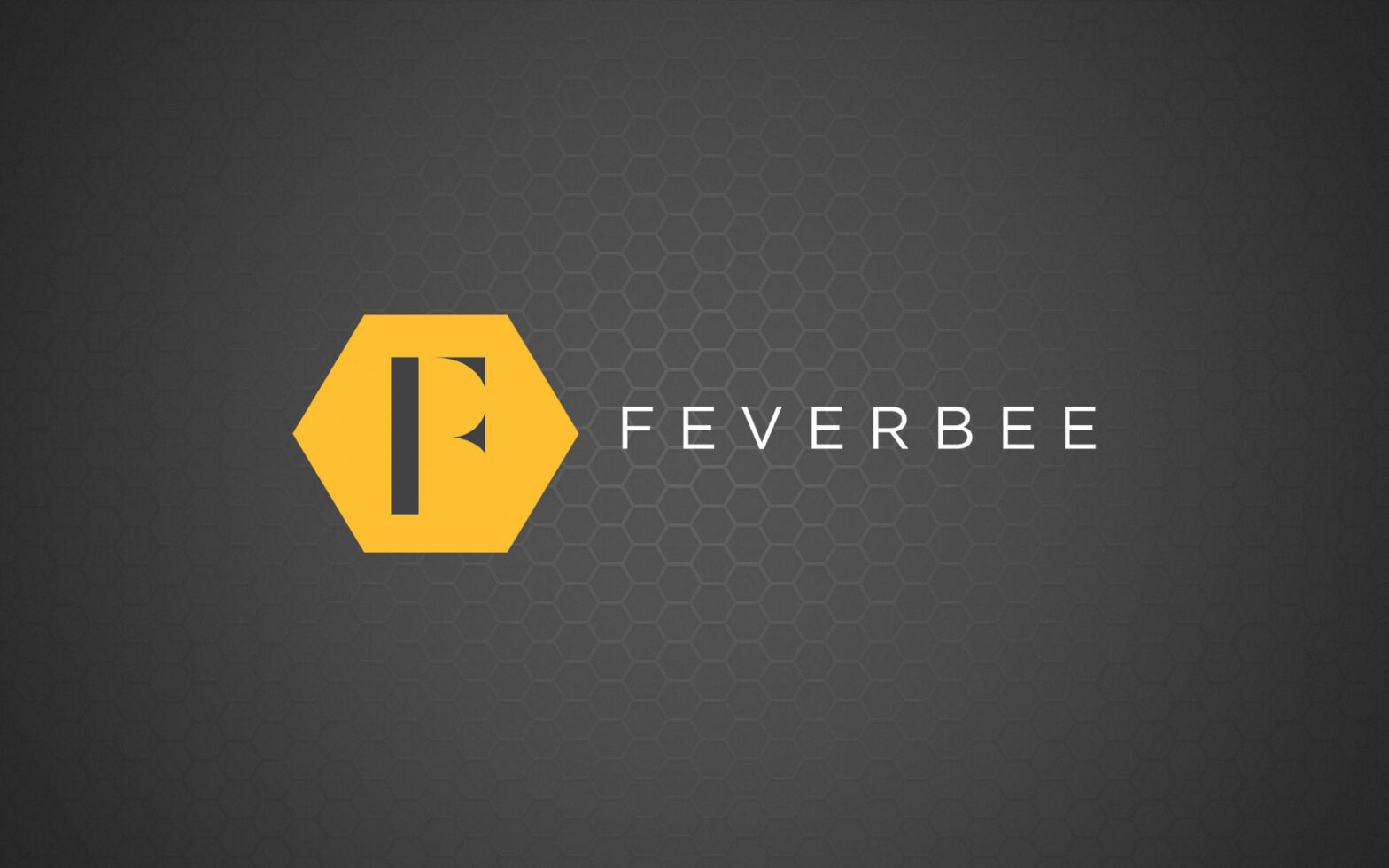StackExchange launched to just a few hundred friends of the founders.
LinkedIn launched with 112 friends of the earliest employees.
Facebook launched with a few hundred people on the Harvard mailing list.

StackExchange launched to just a few hundred friends of the founders.
LinkedIn launched with 112 friends of the earliest employees.
Facebook launched with a few hundred people on the Harvard mailing list.

In the past six months, I’ve interviewed dozens of engagement professionals.
Among them are an elite few who came into a new company and steadily gained the resources they needed to build the community they wanted.
Some now have a dozen-strong community team and a seven-figure budget.

Andreas shares the problem of getting to critical mass for a new community.
It’s a classic chicken and the egg problem. How do you get people to join a community when there is nothing there.
If you’re launching a new community, you have five approaches here:

This is the 3rd post on in our Strategic Community Management series.
Around 90% of the strategies I’ve reviewed don’t contain any genuine strategy at all. Most contain a bucket list of tactics to spur more engagement.
Most of the problems come when we convert objectives into strategy. There are a few principles to get right here.

More than a dozen people I’ve interviewed for the new book mentioned having to protect their community from requests from marketing.
At the same time they want marketing to better support the work they’re doing.
Can you see the problem? If you act like a guardian of your community against your company, you can’t expect much support. But if you look to find ways the company offer things your members want, you start to build useful relationships.

Park and Gabbard have identified one of the most powerful triggers to get experts (or subject matter experts) to share new information; fear of being scooped.
Once you have set the community objectives, you need to decide what emotional levers you’re going to pull to get people to perform the action.
A common mistake here is to focus on the outcome rather than the process.

This is part 2 of our 6-part series on community strategy (click here to read part one).
If you like the series, consider signing up for our Strategic Community Management course.
Enrolment is now open and the course begins on October 9th, 2017.
This is going to explain the key processes behind establishing community goals and winning internal support.
About half of our clients ask for our help to set the goals for their community. The following might help.
This is a big topic, so I’ve divided it into 9 key principles.

You’re not going to spend much time in a place where everyone complains.
This a challenge for customer support communities. People visit, complain, get a response, and leave.
Why would they want to visit the moan zone again?

Someone asked if the best place for interactions was on the forum?
Or should they be in comments on news posts?
Or via in-person meetups?
Or through social channels like Twitter, Facebook, Instagram, and Snapchat?
The answer is quite simple. What kind of interactions best suit your strategy?